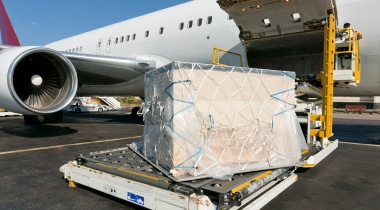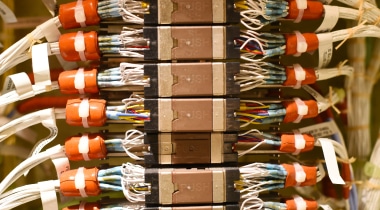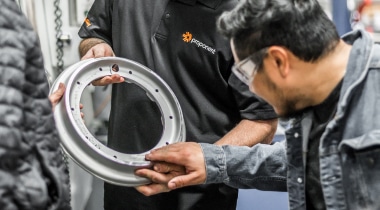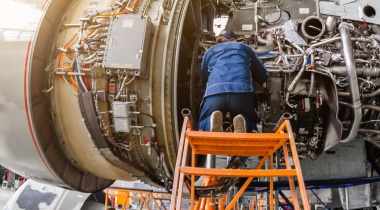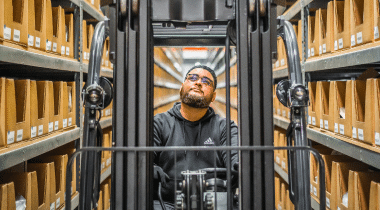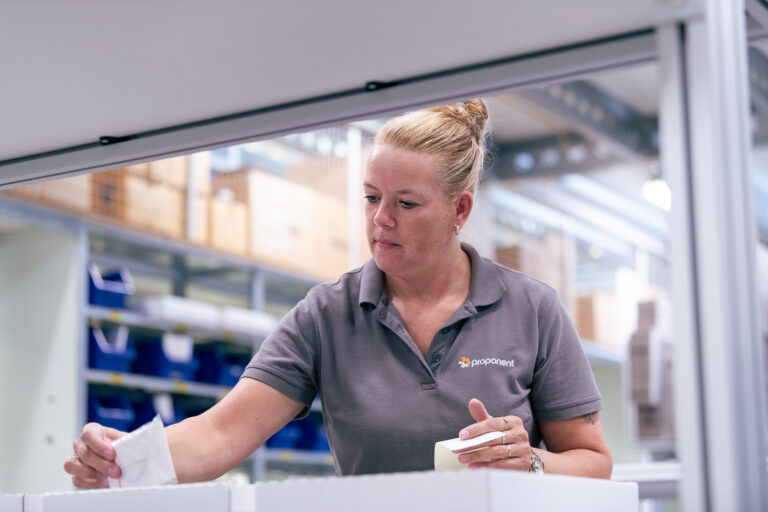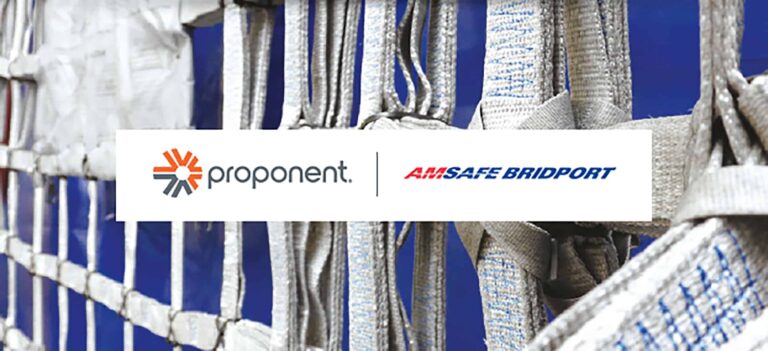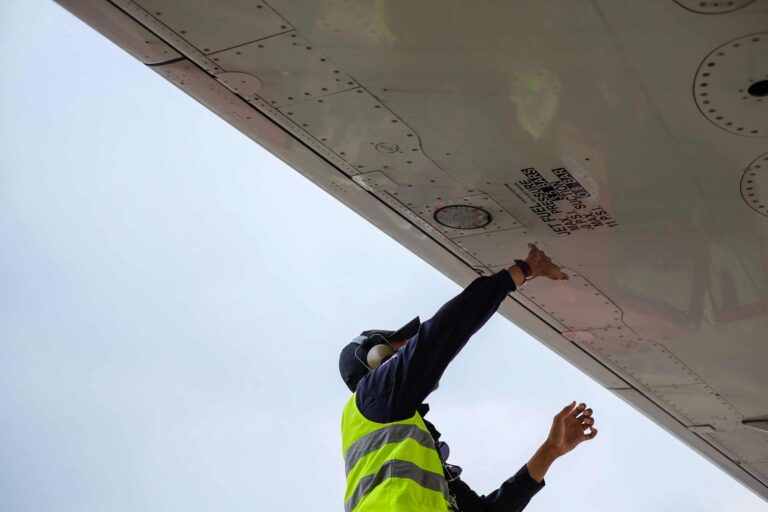Forbes describes the Internet of Things (IoT) as the connectivity of any electronic device to another. With this connectedness comes a whole new world of data collection, parts tracking, inventory management and, ultimately, increased efficiency. And IoT goes beyond just our laptops and phones, to now include things like coffeemakers, refrigerators and even airplanes.
Existing MRO Activities Using IoT
According to Aviation Week Network, the aviation industry relies on the IoT more and more each year, specifically through the vast collection of data using airplane sensors. This data allows MROs to more efficiently pinpoint parts malfunctions and to easily identify areas in need of routine maintenance—often through the use of data-integrated models on a tablet. With predictive analytics, MROs can even identify future malfunctions before they happen. All of which equals faster turnaround times for pre-flight inspections and repairs. But what exactly does all of this data collection mean to aviation supply chain management?
Implications for the Supply Chain
Just as MROs can now use IoT to detect malfunctioning parts, aviation suppliers can use this technology in a myriad of efficient and profitable ways. According to Inbound Logistics, use of IoT through Radio Frequency Identification (RFID) sensors is useful to aviation supply chain management in three main areas:
- Ease and accuracy of inventory counts. Through the use of RFIDs, parts and product levels can be traced right down to specific warehouse locations. This means no misplaced inventory, out of stock parts, and a reduction in wasted labor hours.
- Real-time tracking of products from the warehouse to the airline. RFIDs combined with GPS allows products to be tracked like never before. Suppliers can update purchasers with exact locations and delivery times, as well as the potential for unforeseen delays (such as weather) before they happen.
- Monitoring of part use long after it has been installed. These sensors allow suppliers to monitor part use, repairs and malfunctions. Suppliers can even track expected lifespans and have new parts delivered before airlines find themselves in need. All of which equals less downtime for airlines and a steady stream of regular customers for supply chains.
Kapco Global and the IoT
Kapco Global continuously takes advantage of new technologies, including IoT. A new partnership with Netherlands-based Avio-Diepen, means Kapco Global now operates from 12 facilities in 8 countries. With a much larger global footprint, Kapco Global must continue to provide innovative inventory and supply chain management solutions. For our customers this means accurate inventory numbers easily accessible 24/7 through Kapco kart and real-time order status and shipment tracking around the world. These supply chain efficiencies help keep Kapco Global’s customers moving.
More From the Kapco Global Blog
The Role of E-Commerce in Global Aviation Parts Distribution
Factors Involved in Fleet Retirement and Aircraft Recycling
Lean Manufacturing in the Aviation Industry

